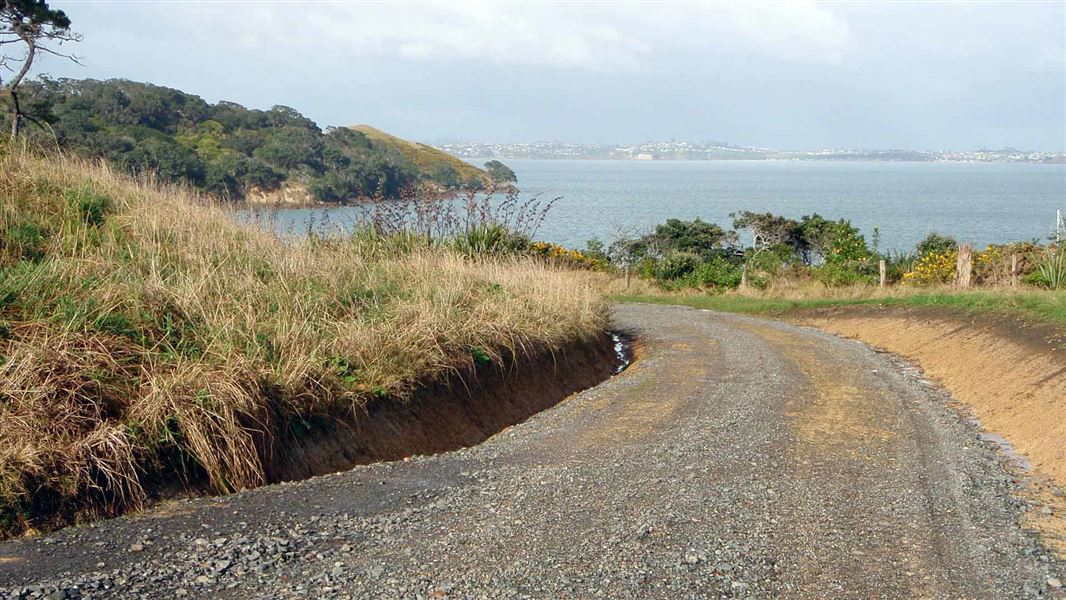Motuihe Island/Te Motu-a-Ihenga has had a varied history, which includes being extensively settled by Maori, farmed by Europeans for over a century, the site of Auckland's quarantine station for 50 years, and then a prisoner of war camp and a naval training base.
The island is a taonga (treasure) with many special places. National reserves like Motuihe Island Recreation Reserve protect natural, historic and cultural heritage for all New Zealanders, and help safeguard the biodiversity of the planet.
The tangata whenua of the island have a spiritual, cultural and historical relationship with their taonga.
Maori occupation
There was a long history of Maori settlement on Motuihe Island/Te Motu-a-Ihenga. Two pa were constructed on the island’s headlands, with one – Mangoparerua – noted as an important battle site.
Maru Iwi was the first tribe in the area before the island was conquered by Te Arawa in the 14th century. Later, Ngati Paoa held the island and it was this iwi that was recognised by the Crown as the owners once European visitation began.
Quarantine station
In 1872 a ship brought small-pox into Auckland harbour and Motuihe Island/Te Motu-a-Ihenga was selected by Auckland’s Board of Health as the site for a human quarantine station. It was used for this purpose again in 1918 when an influenza epidemic swept the country. Most of the markers on the island’s small cemetery relate to the illness at that time.
After the Department of Agriculture was formed in 1892, an animal quarantine station was established on the mainland of Motuihe. By 1930, this had moved to Wellington’s Matiu/Somes Island.
Internment camp
During World War 1 Germans living in New Zealand and Samoa were interned in the quarantine station. Prisoners of war were also brought here. The most well known was Count Felix von Luckner. He made a daring escape from the island in 1917, making it as far as the Kermadec Islands before his recapture. Von Luckner planned a second escape but before it could be carried out, the war ended.
HMNZS Tamaki naval base
At the outbreak of World War 2 the quarantine station was converted and enlarged to become HMNZS Tamaki, a naval training base and part of the coastal defence network. It continued in peacetime to be used for basic training in seamanship, fitness and discipline before moving to the North Shore in 1963.
More information
Motuihe Quarantine Station (1870-1930), HMNZS Tamaki (1941-1963): Heritage assessment (PDF, 1092K) 2006
